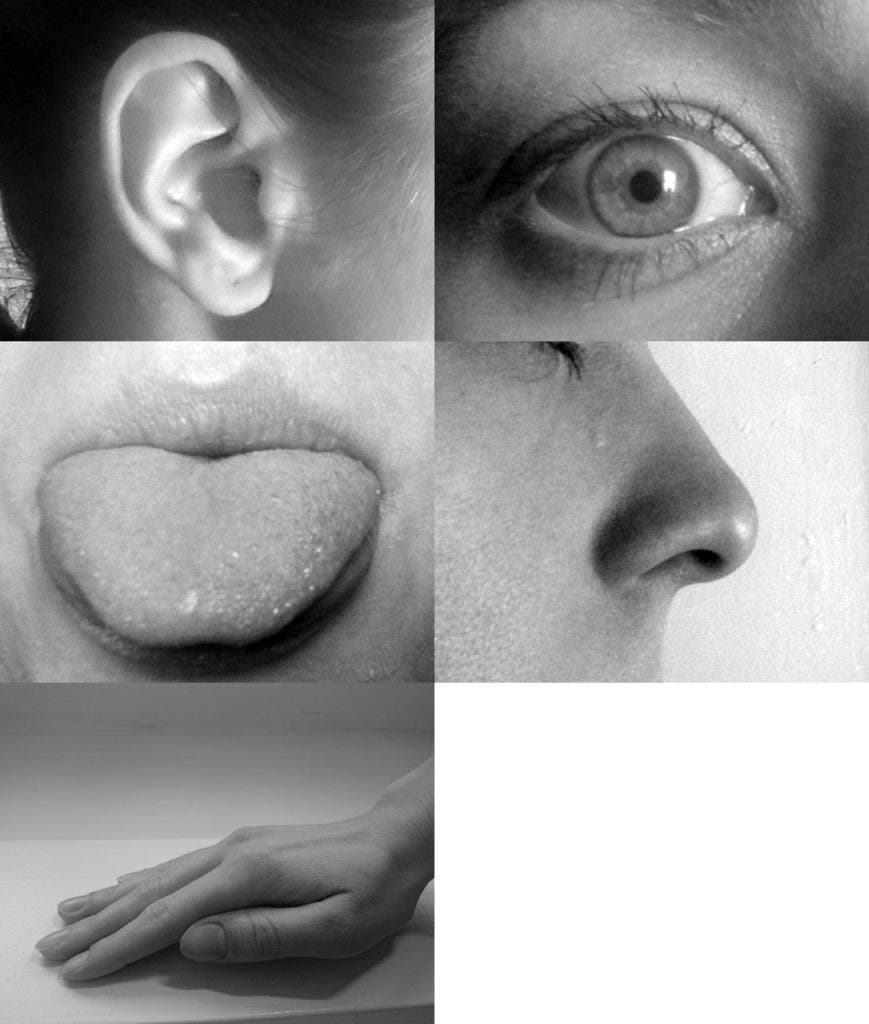With the help of two young patients suffering from a unique neurological disorder, researchers may have shown that a person’s self-awareness in space may be influenced by some unexpected sensorial elements. In other words, the sixth sense may be real, and we’re just starting to figure it out.

The two patients suffer from an extremely rare mutation of a gene called PIEZO2. This mutation causes movement and balance problems and the loss of some forms of touch, and yet they manage to navigate on a day-to-day basis by relying on their vision and other sensors. In fact, the very same gene helps them navigate.
“Our study highlights the critical importance of PIEZO2 and the senses it controls in our daily lives,” said Carsten G. Bönnemann, M.D., senior investigator at the NIH’s National Institute of Neurological Disorders and Stroke (NINDS) and a co-leader of the study published in the New England Journal of Medicine. “The results establish that PIEZO2 is a touch and proprioception gene in humans. Understanding its role in these senses may provide clues to a variety of neurological disorders.”
PIEZO2 is what researchers call a mechanosensitive protein — it generates electrical nerve signals as a response to an external mechanical stimulus. So for example when you touch something, the cell shape changes and this generates a signal, through PIEZO2. Studies in mice have shown that this gene also influences proprioception. But it’s the first time this has been studied on humans.
“As someone who studies Piezo2 in mice, working with these patients was humbling,” said Dr. Chesler. “Our results suggest they are touch-blind. The patient’s version of Piezo2 may not work, so their neurons cannot detect touch or limb movements.”

Credit: Bönnemann Lab, NIH/NINDS, Bethesda, MD
Experiments carried out with these two young patients had several unexpected outcomes. Again, they could walk and navigate through the world in a decent way. But when they were blindfolded, walking became extremely difficult for them. They were staggering from side to side and constantly fell over. They also had troubles reaching for something that was in front of them. But the strangest thing was when it came to touch.
With their eyes covered, the two patients were much less sensitive to touching and vibrations. For some reason, their eyesight helps them feel things with their skin — but only some things. Pleasant and painful things were still reported with the same intensity, as was confirmed by brain scans.
“What’s remarkable about these patients is how much their nervous systems compensate for their lack of touch and body awareness,” said Dr. Bönnemann. “It suggests the nervous system may have several alternate pathways that we can tap into when designing new therapies.”
Of course, this is only a two patient sample size, but the results are nothing short of intriguing. How developed is their sixth sense, and how exactly have their senses and nervous system developed to compensate for their disability? Those are the questions researchers hope to answer in the future.
Journal Reference: Alexander T. Chesler, Marcin Szczot, Diana Bharucha-Goebel, Marta Čeko, Sandra Donkervoort, Claire Laubacher, Leslie H. Hayes, Katharine Alter, Cristiane Zampieri, Christopher Stanley, A. Micheil Innes, Jean K. Mah, Carla M. Grosmann, Nathaniel Bradley, David Nguyen, A. Reghan Foley, Claire E. Le Pichon, Carsten G. Bönnemann. The Role of PIEZO2 in Human Mechanosensation. New England Journal of Medicine, 2016; DOI: 10.1056/NEJMoa1602812


